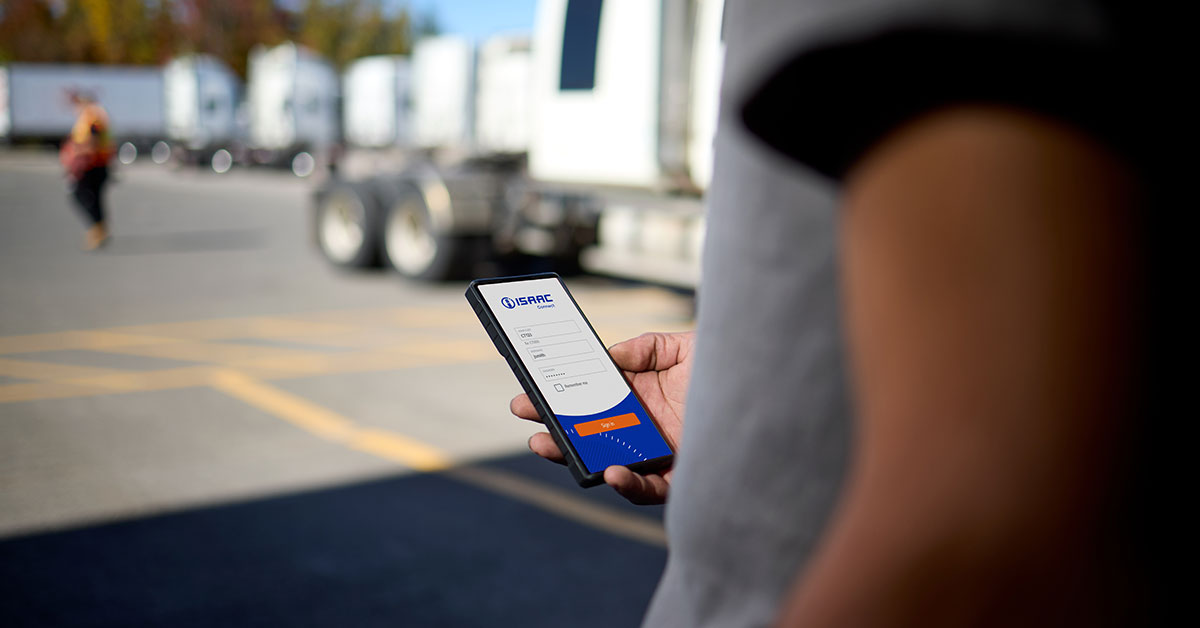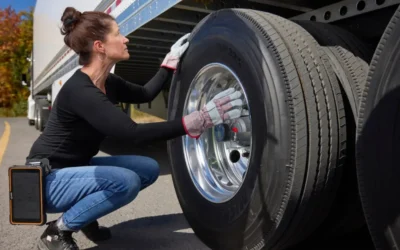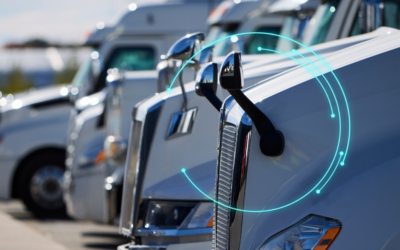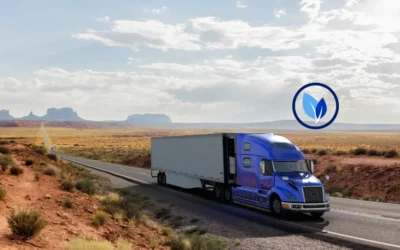Legacy technologies are outdated hardware and software systems that companies use daily. Often, legacy software has reached the end of its service period, meaning that updates are no longer available or the system relies on outdated components. Other legacy technology, such as the fax machine, may still be in use, but modern alternatives are widely available.
An example of a legacy system is Microsoft Windows 7. It was launched in 2009 and Microsoft stopped making updates in 2020. After this time, it became a legacy system.
Many legacy systems in manufacturing, construction, or transportation are incompatible with new digitization trends. For instance, these technologies may not work with a cloud-based network or may be unable to receive the latest security updates to ward off hackers. These computer tools may also lack the compatibility to work with newer systems. For instance, they may not accept data from IoT devices or sensors in a manufacturing facility.
Updated systems help companies overcome these issues and complete the full digitization of their operations. However, the replacement of legacy systems comes with challenges and potential problems that could derail the process. With the right plans and technology upgrades, companies can overcome these potential pitfalls and deftly move their operations forward.
Cost
Upfront costs are a significant consideration when a company replaces old technology. If a business needs custom software, the cost can range between $50,000 and $250,000.
With such a significant investment, there are risks. The cost of new software, subscriptions, devices, and other hardware can be significant. If problems arise, such as a lack of compatibility, a high learning curve for employees, or ineffectiveness with current business processes, the company could lose its investment and revenue if the change disrupts operations.
Companies can deal with this problem by carefully selecting software that offers the necessary benefits for success in the industry. For instance, a transportation company can utilize applications that increase fuel efficiency, assist with route planning, and provide data to improve risk management.
The correct choices will not only offer the necessary benefits, but they can also help firms streamline and automate processes. These improvements can provide ongoing savings on operating costs.
Downtime
Unplanned downtime is a significant problem for companies with digitized operations. Most software and hardware replacement projects are planned, but they can still lead to downtime. A 2019 survey by IBM found that the average company experienced 830 minutes of planned downtime in the previous year. These stoppages, though scheduled, resulted in an average cost of $5.6 million.
These averages are for large corporations, but smaller companies can also take a financial hit when stopping operations to switch to new devices, systems, or hardware.
Businesses can take steps to limit downtime and minimize losses from work stoppages by:
- Training employees on new systems before they go live;
- Testing systems to ensure effectiveness before widespread use;
- Ensuring compatibility with existing systems.
Finally, a company needs to be sure the new technology will work in real-world conditions. For example, a logistics company will want to confirm that fleet management hardware and software can function in rugged over-the-road trucking conditions to limit unplanned downtime after adoption.
Security and Compliance
Outdated software brings significant security risks. Legacy technology may no longer receive necessary security updates and may be vulnerable to new hacking techniques. For example, during a 2021 cyber attack at a Florida water treatment facility, hackers exploited an outdated operating system to add dangerous amounts of chemicals to the water supply. The plant used Windows 7. The OS had not received security updates in one year because Microsoft stopped maintaining it in favor of Windows 10.
At the same time, reliance on new technology often means using more connected hardware. Mobile and IoT connections provide more potential attack points for hackers. Employees and IT teams may be intimately familiar with cybersecurity best practices on legacy systems but may inadvertently cause vulnerabilities.
Regardless of the age of the system, a company needs to comply with industry-specific laws related to information security. For instance, organizations are responsible for personally-identifiable information they transmit or hold in databases and could be liable if it gets stolen.
A business needs to ensure compliance both with information security laws and with safety rules for computer-controlled systems. These regulations are common in manufacturing, transportation, and other industries relying on cloud-connected instruments and embedded hardware.
Choice
Choice can be confusing when replacing a legacy system. Software and hardware markets are extremely competitive. The global IoT market expects a 26.1% compound annual growth rate between 2023 and 2030. Companies are flooding the market with software and hardware products to profit from the increased demand.
The challenge is to sift through hype and marketing materials and find the best product for your needs. Careful research focused on industry-specific information is key to making the correct choice. For instance, a trucking company could look at data and trends on tech adoption in the transportation sector.
Research should focus on features, benefits, optimization of tasks, and compatibility with other systems or frameworks used within the company. The company decision-maker should be able to clearly explain why they chose a certain technology for fleet management, supply chain operations, administration, and any other software or hardware chosen for the job.
Workflow Disruptions
Workflow disruptions can occur for several reasons after a technology change.
- Employees need to learn to use the new technology. This process can take time, and unfamiliarity can cause slowdowns or disruptions.
- Processes may stop altogether while the IT team removes legacy technology and replaces it with the new system.
- Improper setup or implementation can disrupt operations while mistakes get corrected.
A strategy for effective tech implementation can reduce the chances of disruptions. The most important aspect of a plan for replacing legacy systems is preparation.
- Communicate with employees about upcoming changes.
- Create a timeline for training, debugging, and implementation.
- Rely on experts to ensure proper installation and usage.
- Test before using new systems in live operations.
- Create a training schedule to allow users to work with the system before it goes live.
Finally, ensure your system has communication gateways and applications to collect data, such as ELDs that can help improve performance and fine-tune settings.
Operational Restructuring
In some cases, a business builds operations around a legacy system. The company will need to change processes to get full use of the new product. For example, in transportation, tasks like route planning are automated by new systems.
Also, new technology often allows for more robust data collection. Companies can make decisions and adjust processes based on information analysis. This change may make certain tasks unnecessary. While the overall goal of new technology is efficiency, workers need to understand and buy into the change and its benefits. If they do not, it could hurt morale and productivity and lead to mistrust within the company.
Hidden Dependencies
Hidden dependencies occur when one system relies on another for operation in a way that is not immediately obvious. When a legacy system gets taken offline, those systems depending on it will cease to function properly. If these dependencies are hidden, the company may not know about this reliance until the other system stops working.
If the company runs tests before switching over to the new system, hidden dependencies will become obvious. This is another reason to test the new system before relying on it for daily operations.
With careful planning, testing, training, and reliance on expert advice, a company can replace legacy technology and get the benefits of new systems while avoiding drawbacks.









